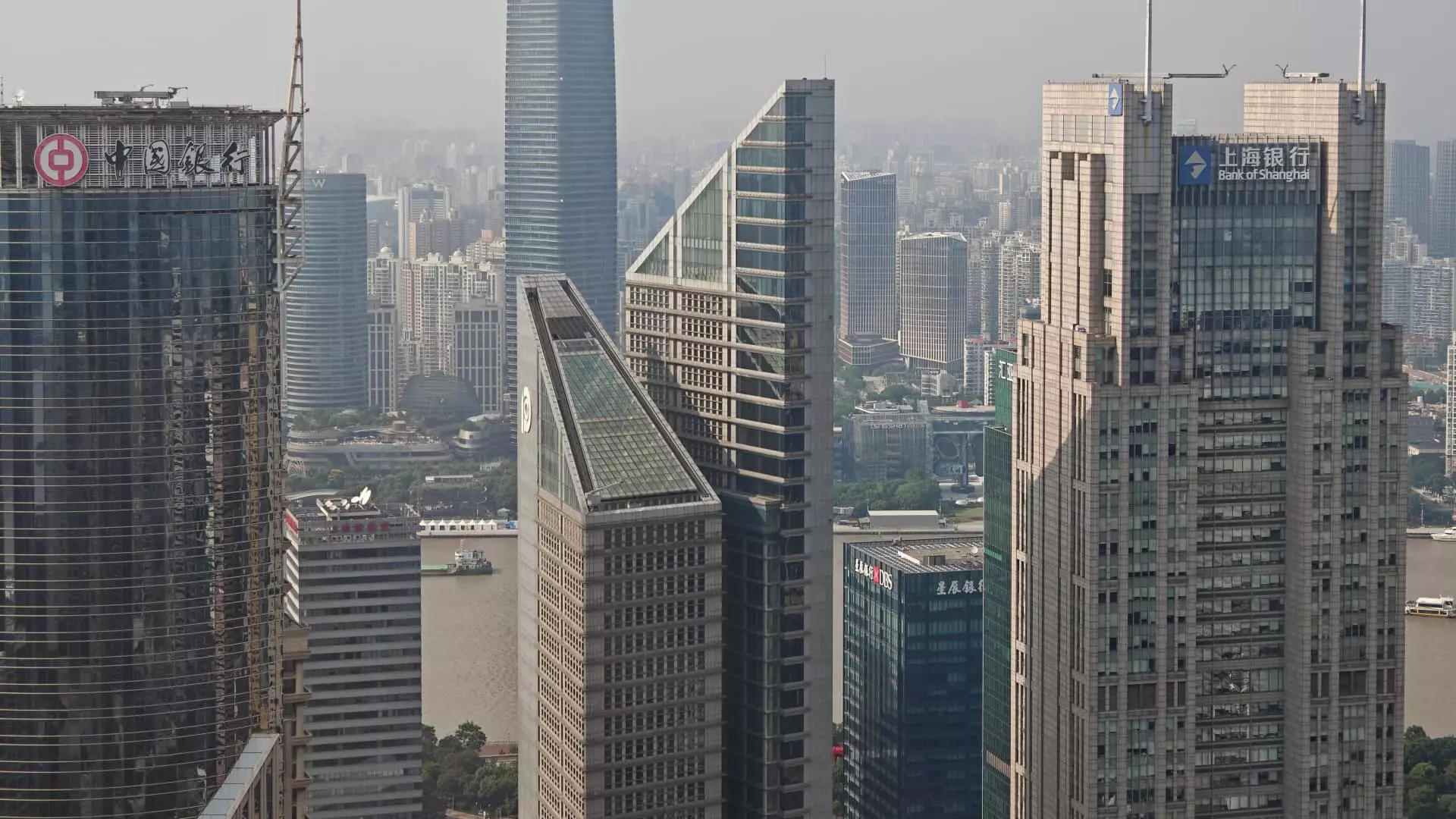Despite the relative calm in China’s stock markets, beneath the surface lies an undercurrent of volatility that could threaten investor confidence. The recent lull in major policy interventions and the anticipation of geopolitical headwinds reveal that the optimism surrounding Chinese equities is more fragile than it appears. Analysts like Laura Wang of Morgan Stanley have issued cautious warnings, emphasizing the risk of a sharp volatility spike in the coming weeks. This acknowledgment strikes at the core of the false sense of security that market exuberance sometimes fosters, suggesting that a passive or overly aggressive stance might be perilous.
The optimism generated by technological sector rebounds—primarily within Hong Kong stocks—has masked deeper structural issues. Mainland stocks, characterized by slower growth and limited policy support, show minimal gains. It’s tempting to believe that market resilience indicates fundamental strength, yet the lack of concrete growth catalysts and the looming expiration of critical trade agreements expose vulnerabilities. Investors need to recognize that without meaningful policy backing or resolution of trade disputes, the foundation of this rally remains precarious. It’s essential to understand that superficial gains do not equate to sustainable growth; rather, they may set the stage for a correction once investors’ patience wears thin.
High-Dividend Plays: A Defensive Strategy or Short-Term Fluke?
Amid uncertainty, the focus on dividend-yielding stocks appears prudent on the surface, but this strategy warrants scrutiny. The suggestion by Morgan Stanley to emphasize dividend plays—such as PICC P&C offering a 4.5% yield—may seem like a safe haven, but it also reflects an underlying shift towards defensive positioning rather than confidence in economic expansion. Relying on dividend stocks, especially in a volatile environment, essentially positions investors for limited upside while preserving capital in the face of downside risks.
High dividend yields often are symptomatic of companies operating in mature or declining sectors, and in Chinese markets, these can signal distress or reduced growth potential. While some analysts argue that state-backed buying supports these stocks, it raises questions about the sustainability of such support amid volatile global sentiments. Equating high yields with stability might be misleading; investors must critically assess whether these dividend plays are truly the foundation of long-term value or just temporary fixes amid broader economic uncertainty.
The Divergence Between Tech and Traditional Sectors: A Warning Sign
The contrast in performance between Hong Kong’s tech-driven Hang Seng Index and the more conservative Shanghai Composite underscores the growing divergence in market sentiment. Tech stocks like Alibaba and Tencent surged early in the year, drawing global investor interest based on optimism about artificial intelligence and technological innovation. Meanwhile, the Shanghai Composite, dominated by state-driven enterprises, languished with modest gains. This divergence isn’t merely a reflection of different sector dynamics; it hints at an ideological schism within China’s economic outlook.
The rapid inflows into the tech sector reflect global investors’ appetite for growth and innovation, yet they also highlight a risky overreliance on a narrow subset of the economy. China’s broader economic fundamentals remain subdued, and the reliance on high-tech growth is questionable when considering the long-term sustainability. Meanwhile, the traditional sectors, including energy and utilities, which generate steady yields, are overlooked by foreign capital. The risk, therefore, is a bifurcated market that’s increasingly driven by sentiment rather than solid economic fundamentals, making it ripe for sharp corrections.
Domestic vs. International Perspectives: A Growing Divide
Mainland Chinese investors are increasingly drawn to high-yield stocks like PetroChina and CR Power, seeking higher returns amid limited domestic opportunities. Their interest coincides with mounting restrictions on outbound investments, constraining their ability to diversify internationally. This trend indicates a growing reliance on local high-yield assets, which may be driven more by desperation for income than genuine confidence in the market outlook.
Meanwhile, Western institutional investors maintain a cautious stance, viewing U.S. stocks as comparatively safer, despite the political and economic uncertainties that linger. The divergence in investor sentiment reveals a fractured confidence, with domestic players tiring of the slow pace of reform and growth, while international investors are wary of overly concentrated exposures in China’s state sectors. This disconnect risks creating a volatile environment where domestic enthusiasm for high-yield stocks inflates prices temporarily, but ultimately leaves investors vulnerable when reality catches up.
What emerges from this analysis is a stark reminder: the current environment in China’s markets is not one of assured growth but a delicate balancing act riddled with risks. The perceived stability is superficial, obscuring the underlying fragility that could be exposed by a surge in volatility or geopolitical tensions. It is imperative that investors maintain a conservative posture, focusing on quality assets and income stability rather than chasing fleeting gains in a complex landscape. As counterintuitive as it may seem, embracing caution now might be the most strategic choice for those who wish to avoid the pitfalls of an overextended market vulnerable to sharp reversals.

